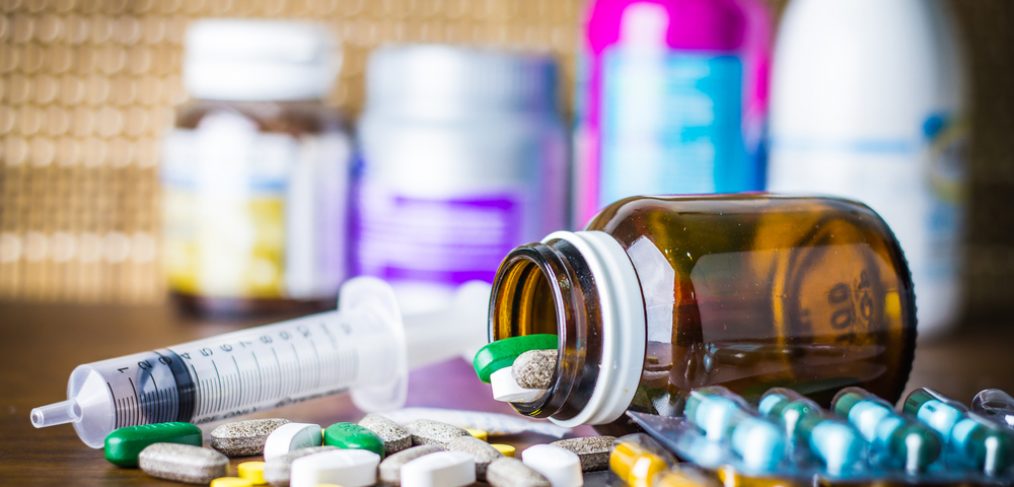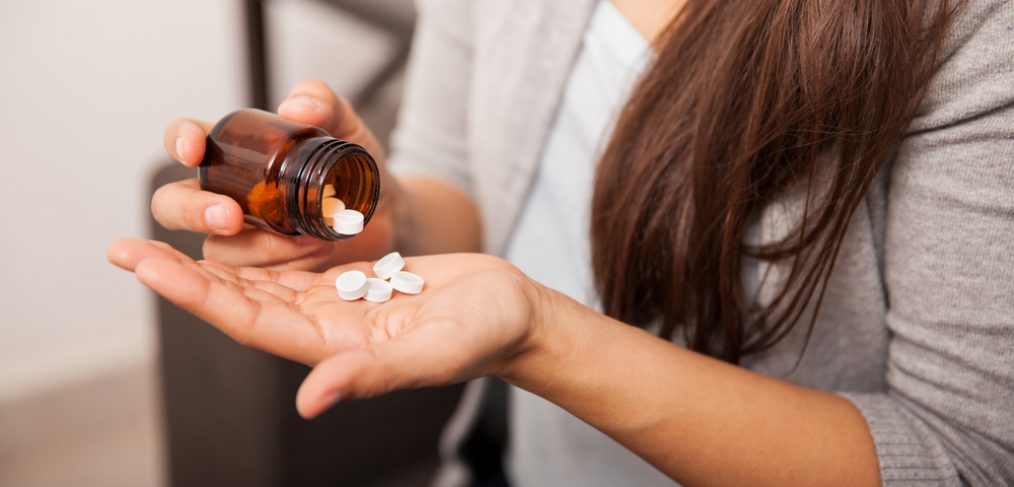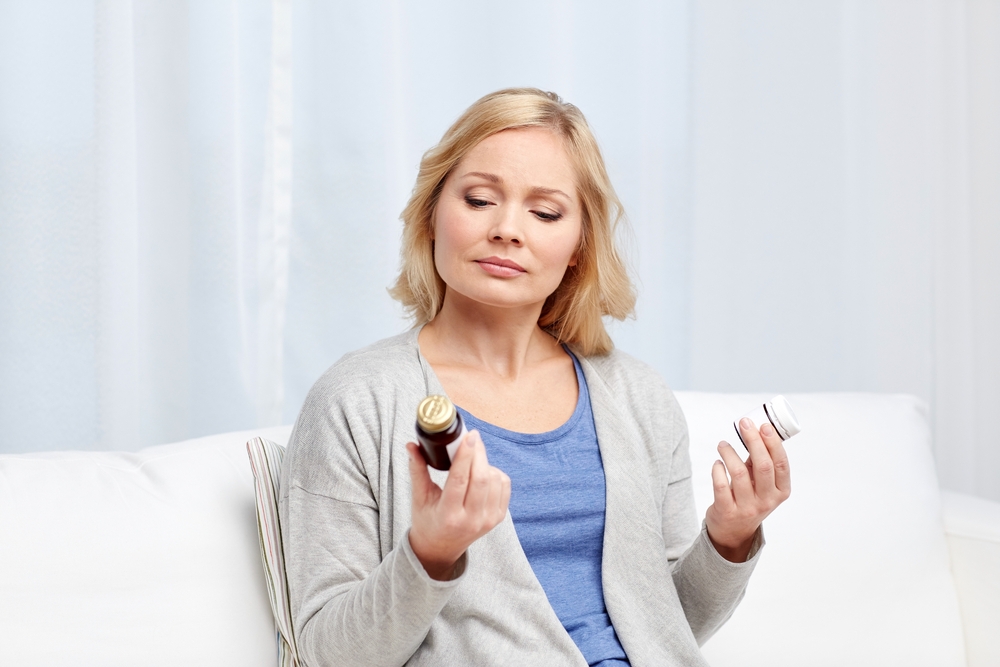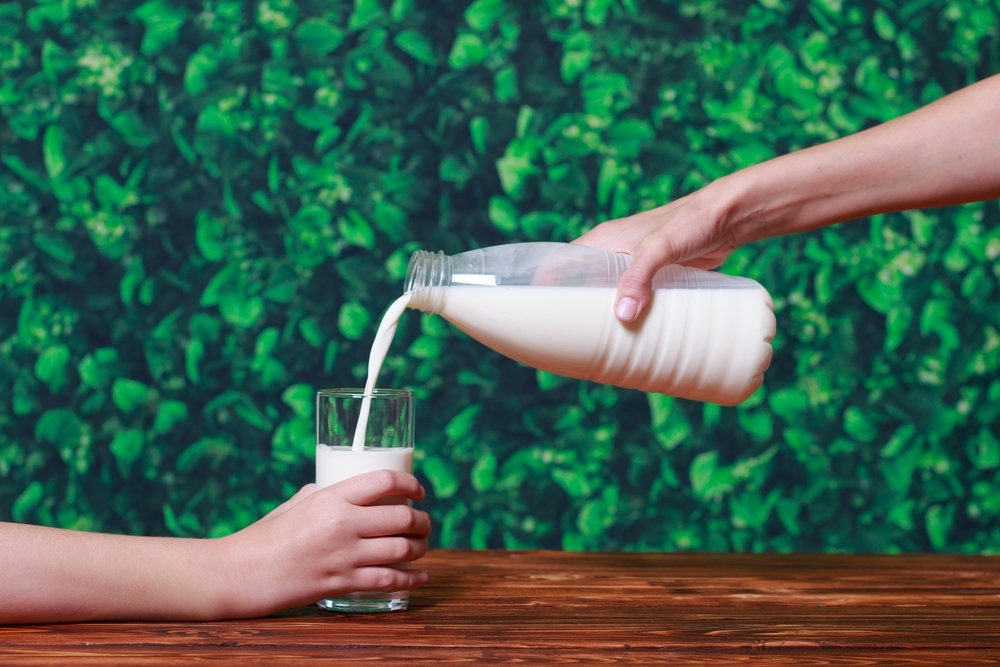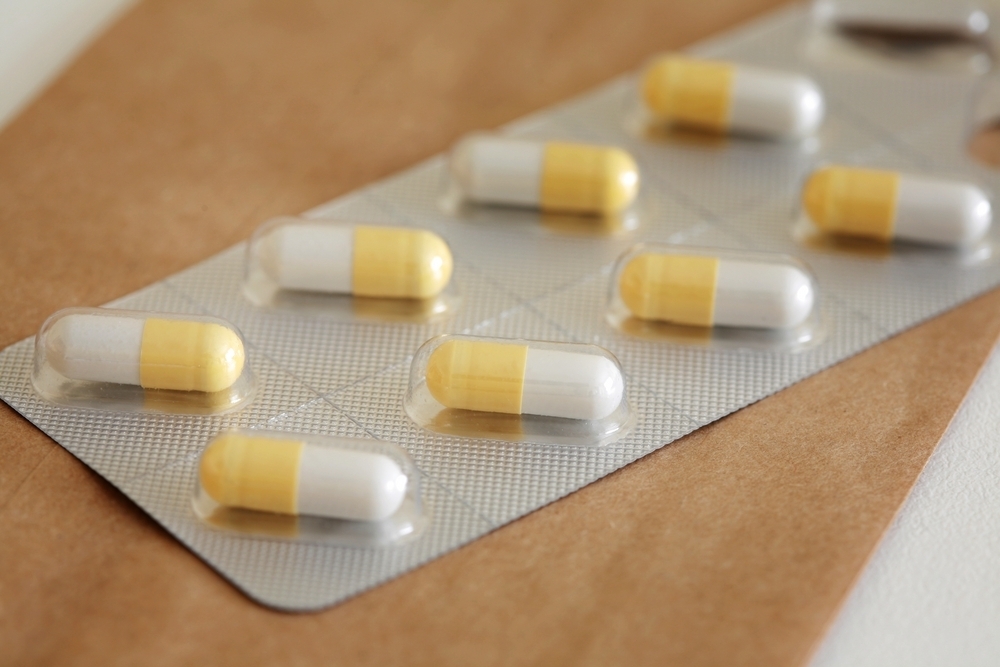If you have gone to any of the summer music festivals, you may have noticed that people with altered perceptions seem to like looking at snails. It seems that snails shells, being spiral in nature, are actually symbolic of an expanding consciousness, looking inward to seek answers, while the antennae represent exploration, which may explain the river fascination. In short, the entire body of a snail is considered a sensory tool capable of experiencing reality through uncommon sensory perception. Perhaps then, it shouldn’t be too much of a stretch to consider that these creatures may actually be capable of sensory alteration, specifically, pain relief and there may be scientific proof to back it up. Read on to discover how snail venom may be an alternative to addictive opioid drugs.
Snail Venom As An Opioid Replacement
Snail venom may be the latest answer to pain. According to recent research, the venom of the small cone snail, commonly found in the Caribbean sea, may contain compounds which act on pain pathways in the body, thus providing an alternative to pain-relieving opioids.
According to psychologist Michael McIntosh, who is involved in the research, transmissions that sense pain normally travels up through the back part of the spinal chord. However, the types of sensations we feel, such as heat, cold, pain, and itch can come from other receptors. The pain pathways that opioids target are very specific. However, McIntosh and his team have discovered that snail venom can affect alternate pathways, providing for more long term relief.
McIntosh allows that opioids can be great for acute, short-term pain, but snail venom can provide long lasting relief for chronic pain, commonly caused by injury to a nerve. Says McIntosh, “What these compounds from the snail do is they not only provide relief in the short run, they seem to provide long lasting relief and they seem to do so b y actually preventing some of the pathophysiologies that occur after a nerve injury.”

Indications
McIntosh explains that each type of venom-bearing species has a unique component in their venom, designed to capture prey and work on the nervous system, and is therefore often used in the study of relieving nerve pain.
The study proved two things. First that the compound from cone snail venom can be turned into a compound that may be useful to humans, and secondly that it could be used as a specific called chemotherapy-induced neuropathic pain. McIntosh explains, “What we found, in this case, was that we could give the chemotherapy agent and our compound that we developed and prevent the nerve damage that normally occurs after chemotherapy.”
What’s Next?
Now the medical field must focus on bringing the snail venom into practical use. Says McIntosh, “The next step is to conduct additional preclinical trials with the aim of applying to the Food and Drug Administration for investigational new drug status so that human clinical trials can begin.” He adds that the venom may also prove to be useful for the relief of pain for diabetics and others suffering from chronic pain caused by injury to a nerve, surgery, lower back pain, or a car accident.
“We want to get at the root of the problem, not just mask the symptoms,” he says.
What do you think about snail venom as an alternative to opioid drugs? Let us know.



